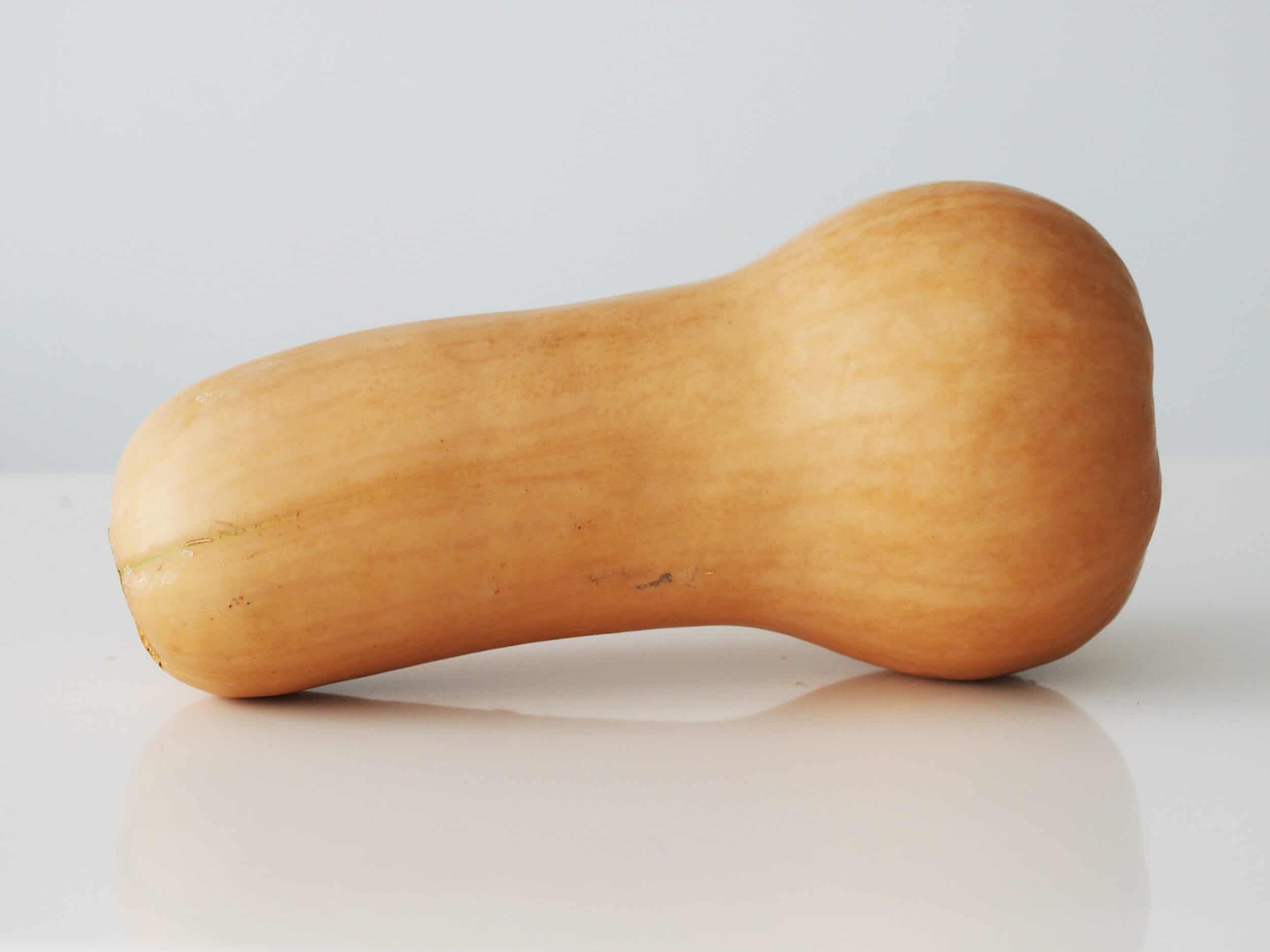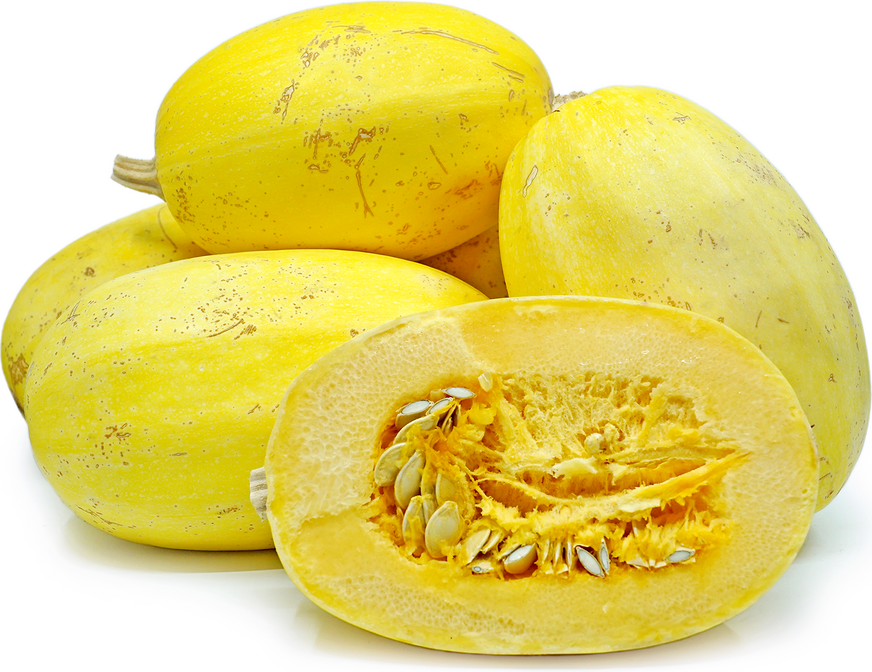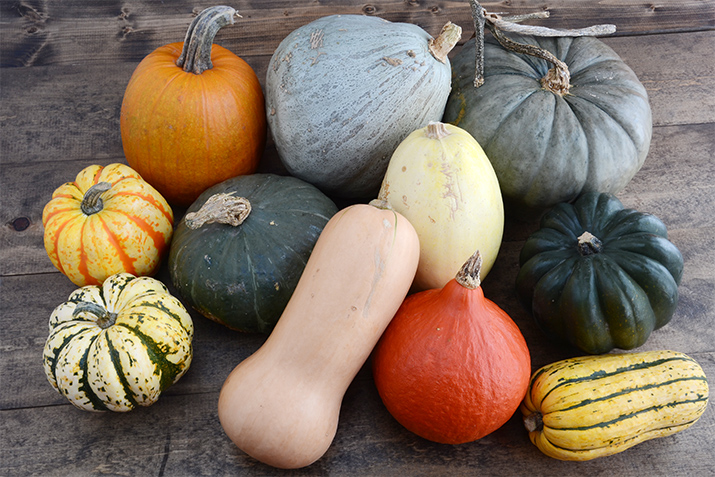Squash is a great vegetable to grow, but it can be confusing with many different types and names. Squashes are broadly separated into two categories which are summer squash and winter squash. They’re very easy to grow as long as they’re growing in fertile soil and watered frequently.
We’ve put together a list of the best types of squash for beginners that will help you choose what kind is right for your garden space. Let’s get started!
Patty Pan Squash
This type of summer squash is sometimes called flying saucer squash. This is a fun squash to grow because it will turn bright yellow and have a sweet taste if you let the fruit mature. Pattypan squash is small, yellow, hard squashes with a light, nutty flavor. It’s very easy to grow, and it can be challenging to cut a pattypan squash, but that should never stop you from having this squash.

Image credit: https://images.immediate.co.uk/
corn Squash
Acorn squash is very simple to grow because it has a vine that doesn’t cover too much space. It will produce a big yield if you let the fruit mature to its orange-red color. The skin is a rich dark green and bright orange with a sweet, nutty flavor.
Crookneck Squash
The crookneck squash is a very productive vine. The fruit is long cylindrical, pointed at the blossom end, and has yellow skin with stripes and greenish-white flesh. It has a distinctive pale yellow flesh with hints of green when cooked. These summer squashes have a crookneck rather than a straight neck.
The vines may trail up to 10 feet or be quite erect, 3 to 4 feet tall. The most popular crookneck is yellow crookneck squash. It’s a bush-type plant that is easy to grow. It produces fruit up to 12 inches long with golden yellow skin and golden yellow flesh rich, sweet, nutty, and firm.
Butternut Squash
Butternut squash is a great all-around plant that produces small fruits with a firm, tasty orange smell. The taste and texture of the cooked butternut squash are similar to sweet potato. It’s also a good choice to add soups and recipes, especially when you drizzle it with olive oil and then slowly roast it.

Image credit: https://solidstarts.com/wp-content
Butternut squash is widely known for the rich, nutty flavor of its yellow flesh. The neck of the fruit is tan and narrow, while the bulbous bottom is bright orange. It can grow up to 2 feet long. This plant grows best in temperate climates, making it great for cooler regions.
Delicata Squash
Delicata squash is a semi-bush plant, which produces yellow flowers and small, tender fruits. If the summers are hot, it will produce abundant crops of fruit. These fruits can be harvested at any stage of growth from very young to mature if still green. They have a perfect shape for stuffing with delicious cheeses and meats.
It is a good choice to use in soups and recipes, especially when you stuff it with any of your favorite ingredients. It also has thinner skin than many other winter squashes, which makes it easier for you to prepare. Their flesh is creamy white and sweet as well. Delicata squash is a hybrid of the Hubbard and Butternut varieties, making it close to both types.
Spaghetti Squash
Spaghetti squash is another type of squash that’s easily identified. Spaghetti squash comes in different shapes, sizes, and colors and has distinctive comma-shaped spaghetti-like strands that contain its stringy flesh. Spaghetti squash is low in calories, carbs, and sodium. It also contains rich amounts of potassium.

Image credit: https://specialtyproduce.com/
You can find them at your local grocery store with either a yellow or orange exterior. Spaghetti squash has gained popularity in the last five to ten years, thanks to its low-carb and healthy alternative to spaghetti.
Kabocha Squash
A very popular Asian squash, Kabocha (or Japanese pumpkin) is a thick-skinned winter squash shaped like a squat cylinder with dark green skin. It should be eaten cooked, as its raw flesh tastes very bitter and woody. Kabocha squash has an earthy flavor and goes well with savory dishes.
When you cut it, you’ll find a bright orange flesh that tastes like a pumpkin and sweet potato blend. However, it doesn’t store as long as other types of squash; therefore, you don’t have to grow many of them.
Buttercup Squash
In comparison to Kabocha, Buttercup is a very large, bright orange squash with a bulbous bottom and long neck. It has a dense texture and sweet flavor that tastes great when baked or pureed into soups.
Buttercup squash store well into late winter and are buttery flavor and satiny when baked and mashed. After baking, add olive oil and Romano cheese and roast until browned and crispy on the outside edges.
Hubbard Squash
Hubbard is the largest American variety of winter squash, with an average weight of 50 pounds, which means you’ll need a big storage space to keep them. They’re suitable for pies and baked goods because they’re dryer than other types of winter squash.
It’s used in cooking in much the same way as a pumpkin. It’s also used as a filling for pies and puree in other dishes. Hubbard squash takes at least a hundred days from seed germination to harvest. Its fruits are ready to pick when the vines start to turn dry. Allow your fruits to cure for about two weeks before eating. Also, ensure you store your fruits in a dark, cool place for up to six months.
Zucchini
If you’re looking to grow edible fruits, then you should not let go of zucchini. Like any other squash, zucchini requires cross-pollination between male and female flowers. The most common summer squash grown in summer gardens is green zucchini. Green zucchini can grow in a range of conditions and climates. It requires cross-pollination for fruit production, so you need to plant at least two plants.
There’s also baby round zucchini which is a popular choice if you want to grow a lot of zucchini in a small space. It’s also good for growing in containers. If you’re just learning how to grow zucchini, you need to know that it can be grown from seeds or by transplanting seedlings outside after all danger of frost has passed. You can also learn how to harvest zucchini so you don’t end up damaging your precious fruits.
Banana Squash
Banana squash is largely elongated in shape. It comes with several varieties that can grow up to 4 or 5 feet long and 1 foot wide. The fruit is very sweet, and the flesh is dark yellow. The skin of this squash is usually orange, pink, or blue in hue. When you store it properly, it can take up to six months. This squash is a great product for you to store.
Turban Squash
The shape of this squash does resemble the shape of a turban. They are very decorative squash with vivid color. They have many colors at the same time, but unlike decorative gourds, they are also good for eating. This squash is very popular with chefs because it can be cooked in many different ways, both sweet and savory.
The flesh of this type of squash is very dense, and the flavor is described as nutty with a sweet, almost maple syrup-like aftertaste. Besides that, they are also low in calories and easy to digest. They also come in different colors, such as bright orange or golden yellow with green striped skin that add beauty to your salad.
Carnival Squash
Carnival squash is one good example of a common hybrid type. It’s a cross between acorn and sweet dumpling squash. It’s got a pale orange color, so it adds flavor to your meals. This type of squash is also great as a side dish because it can be enjoyed with sweet or savory dishes.
Red Kurri
This is another Japanese squash, but this time it’s also known as red Hubbard. It’s got a slightly nutty flavour than the carnival squash, but with an equal sweetness too. Despite its name, it is not related to pumpkins at all. They have a delicious, mildly sweet flesh which gives them a chestnut-like flavor. They are versatile because the flesh can be used in many dishes, like soups and roasted vegetables.
Pumpkin
This is probably one of the most common types of squash on the market today. If you already know how to cook pumpkins, think smaller and more flavorful. It is fun growing this type of squash because the vines wrap around trees and other structures for support. The flesh of pumpkins can be used like butternut squash in soups, stews, dishes with pasta, or risotto.

Image credit: http://ocdn.eu/
Also, you can make pies with it if you roast it in slices before placing it in the oven. They start small and green on enormous vines, then start fattening up and transforming into the bright orange color we are accustomed to. This is another squash type for which you need a big pot.
Zephyr Squash
Zephyr squash are two-tone fruits that make them easy to distinguish in the garden. The squash has long fruits that are straight and divided into two colors. The yellow color is on the top, while the pale green color is on the bottom. The fruit of zephyr squash can be eaten or added to salads, stews, and pies.
In order to have a successful harvest, you need to keep your plants healthy all summer long. Ensure that they get enough water and fertilize them every two weeks with a special formula for vegetables that contain more potassium. Also, take care of pest problems that can damage your crop if not controlled in time.
Straightneck Squash
Straightneck squashes are known for their long, straight shape. They are typically yellow and have mildly sweet flesh and tender skin that is easy to peel. It is often used in pies, soups, and stews. Use the same techniques as for crookneck squashes but watch out for mildew which can damage your crop if not controlled in time.
Sweet Dumplings
Sweet dumplings are small and compact with whitish-yellow skin with green stripes. You can even eat its tender skin if you want. Unlike other winter squash, it’s tender. It is fast-growing and has long vines that creep everywhere. They have a sweet flavor, plus a taste and texture that is similar to sweet potatoes. Make sure you grow them in gardens that are spacious and have full sunlight for optimal growth.
FAQs on Best Types of Squash for Beginners to Grow
What is the best yellow squash to grow?
Yellow Crookneck is considered one of the best types of squash to grow. It’s very easy and fast to grow and perfect for beginners, plus they’re also resistant to bacterial wilt.
What is the healthiest type of squash?
The healthiest type of squash is yellow squash, also known as summer squash. Yellow Crookneck Squash has the most antioxidants and the highest level of Vitamin A, making it one of the healthiest types of yellow squash.
Final Thought on Best Types of Squash for Beginners to Grow
As you can see, there are several squash varieties that you can grow with ease. Try yellow crookneck summer squash if you want to go with something easy to grow and resistant to most diseases. It is considered one of the healthiest varieties of summer squash in the world.
The post Best Types of Squash for Beginners to Grow appeared first on Kitchen Infinity.